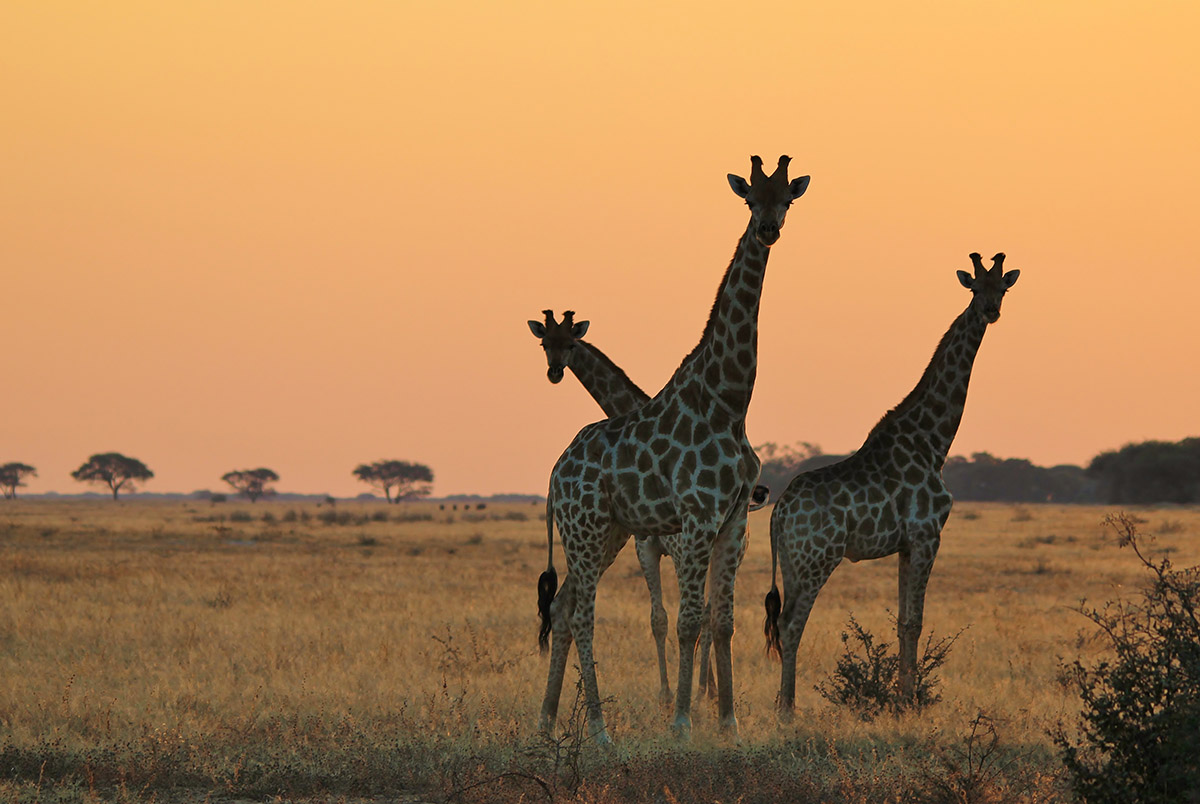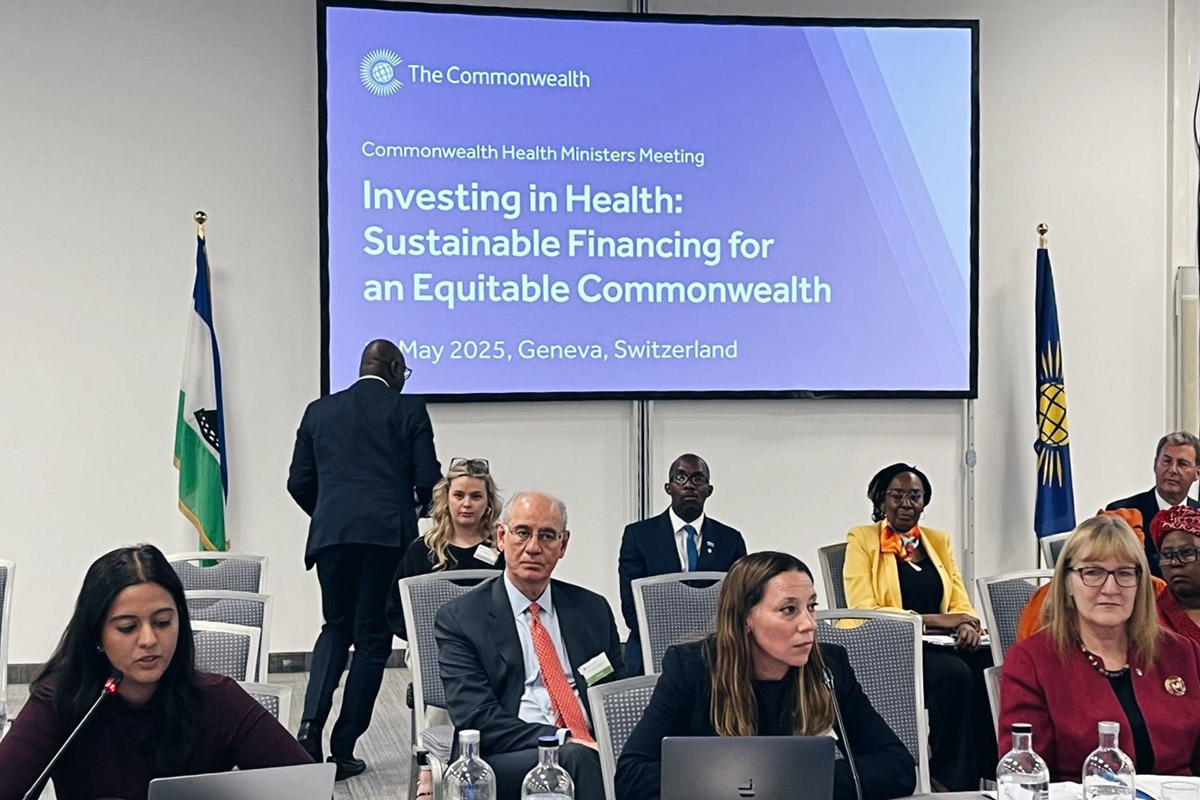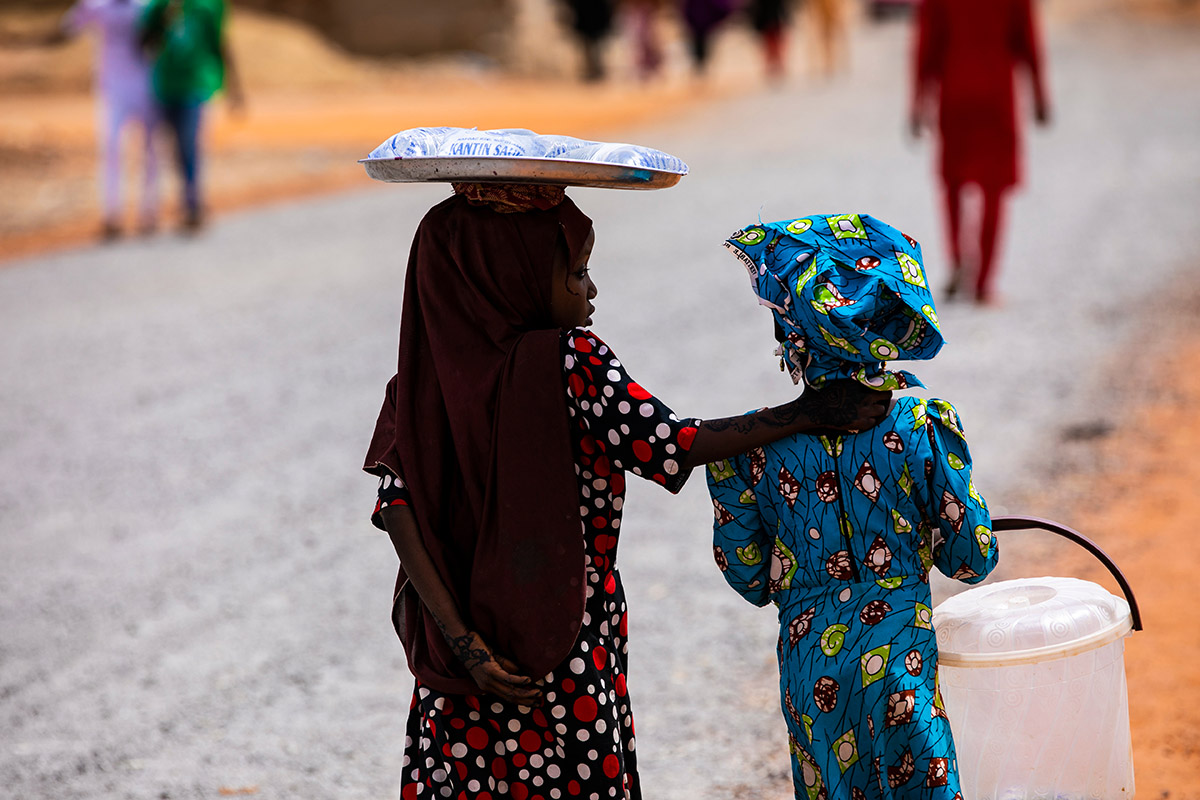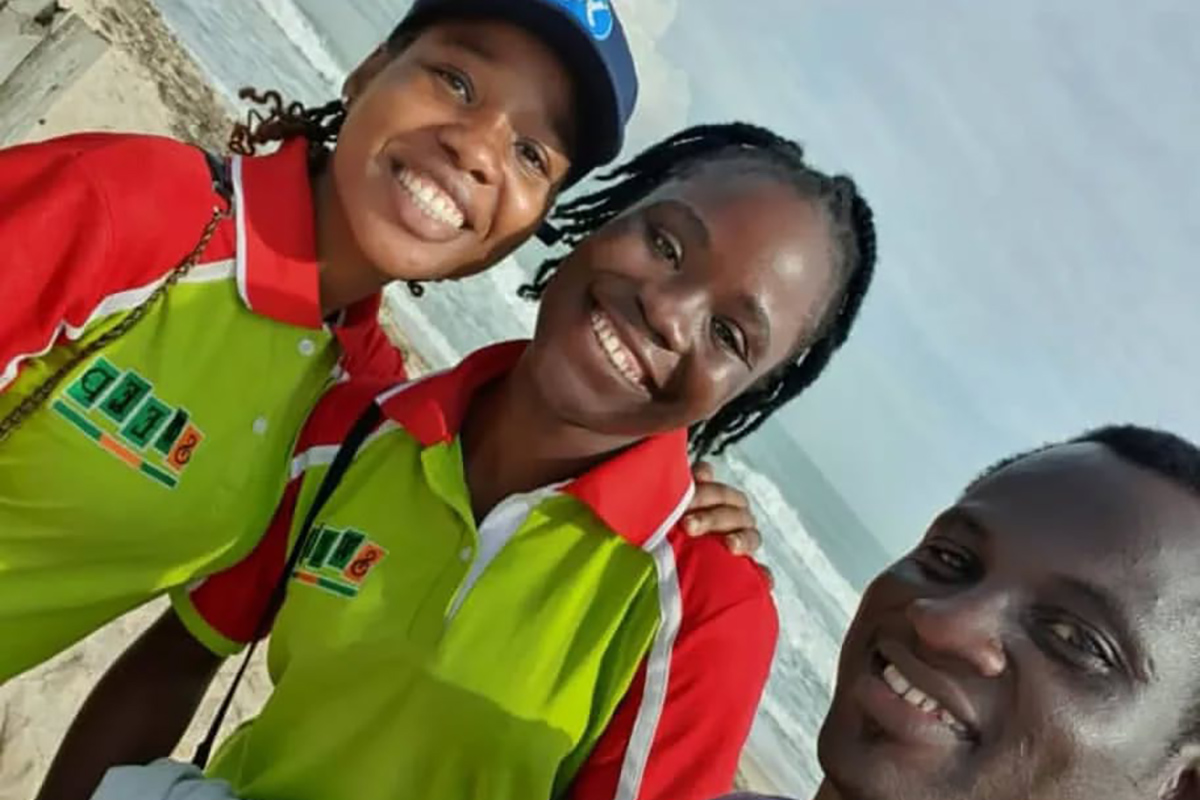World Wildlife Day: A Prospective Grandmother’s Hope
March 3by Ewura Larbi
I remember being as tall as a short five-year-old Ghanaian girl could be, excitement bubbling within and radiating from my petite frame as I entered the Accra Zoo, my tiny hand engulfed by my father’s larger one.
Had I been an elephant, 90 per cent of my memories from that day wouldn’t have faded, but I cannot forget the sly — I would later learn in the University that animal behaviour is not to be described with human-behaviour related words — chimpanzee who pretended to be demure, only to snatch digestive biscuits and other sweet snacks from patrons who ventured near her cage, even little children like me! Much worse, was her jealous male partner who was famous for hurling his own excreta at patrons who came close to his ‘wife’. Nor could I forget the lessons from my parents and teachers as well as the tour guides about the dangers of getting close to wildlife without supervision. But I have always been fearless and intrigued rather than scared of animals and I will forever cherish memories of that precursory encounter with wildlife.
Wildlife is simply undomesticated animals; those that aren’t kept as pets by humans, but freely exist outdoors (the wild). Delving into the nuances, wildlife has evolved to encompass other life forms including plants that grow or exist freely without human introduction. By inference, all life was wild, prior to human existence. This exhibits the profound influence we have on wildlife.
Globally, there has been a steady decline in wildlife populations since 1970. Fortunately, some efforts have been made to salvage our vital biodiversity through advocacy, protected areas, and invested human resources. The celebration of World Wildlife Day on March 3, is a classic example. However, there will always be more avenues for conservation, as human populations increase at unprecedented levels at the risk of wildlife destruction.
Reverting to story, the next meet-and-greet with wildlife was a visit to Ghana’s Kumasi zoo in my teenage years, after the animals from the Accra zoo had been relocated there. Apart from the Lion King, it was my first time seeing a hyena. Let me tell you, their laughter was more acidic than in the animation and this combined with their sheer size would have made the older King Simba quake in his paws. That was an exhilarating experience and I have gone on to visit the renovated Accra Zoo in the Achimota Forest, and the Shai Hills Resource Reserve in later years.
Research, my experiences and those of friends and family allude to the fact that Ghana is rich in biodiversity and wildlife, with numerous tourist sites, reserves and national parks that host some of the most fascinating creatures. In addition, the patronage contributes immensely to the national economy. However, a look at many of these wildlife-focused tourist sites shows poor maintenance, which is a major deterrent to visitation. On the other hand, poor patronage of our wildlife sites, means measly funds for rehabilitation projects. There is a play of interdependence here which we must recognize. And this is just one facet of the wildlife conservation endeavour.
Often, we tend to focus only on visiting wildlife sites as the easiest way to participate in wildlife conservation. However, I believe there’s more. Consider:
- Are you an individual who can use your social media to share about endangered species in your country? For example, the disappearing vultures in Ghana and the endangered pangolins are an important conversation we could engage in.
- A student who can join your school’s wildlife club or hey, even champion the creation of one to promote wildlife knowledge?
- Are you a passer-by who has observed the infringement on a threatened species that is punishable by law in your country and can report it?
- Finally, are you tech savvy and can join the world to explore digital innovation in wildlife conservation, in line with the celebration theme?






